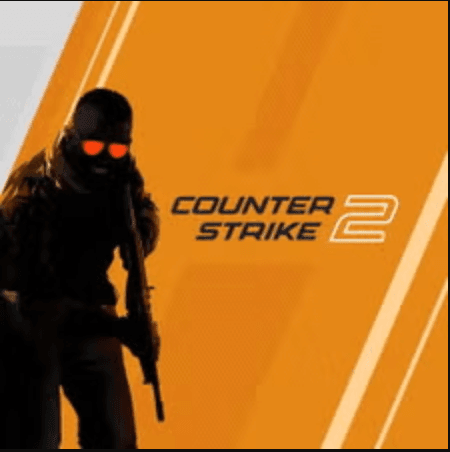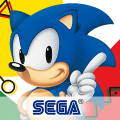Blizzard Reverses Course: Overwatch 2 Competitive Stadium Mode Reverts Major Season 19 Changes Following Community Backlash
Popular Now
 Geometry Dash
Geometry Dash
 FIFA 23
FIFA 23
 Black Myth: Wukong
Black Myth: Wukong
 NBA 2K24
NBA 2K24
 BeamNG.drive
BeamNG.drive
 Valorant
Valorant
 Among Us
Among Us
 PUBG Mobile
PUBG Mobile
 EA SPORT FC 25
EA SPORT FC 25
 Call of Duty
Call of Duty 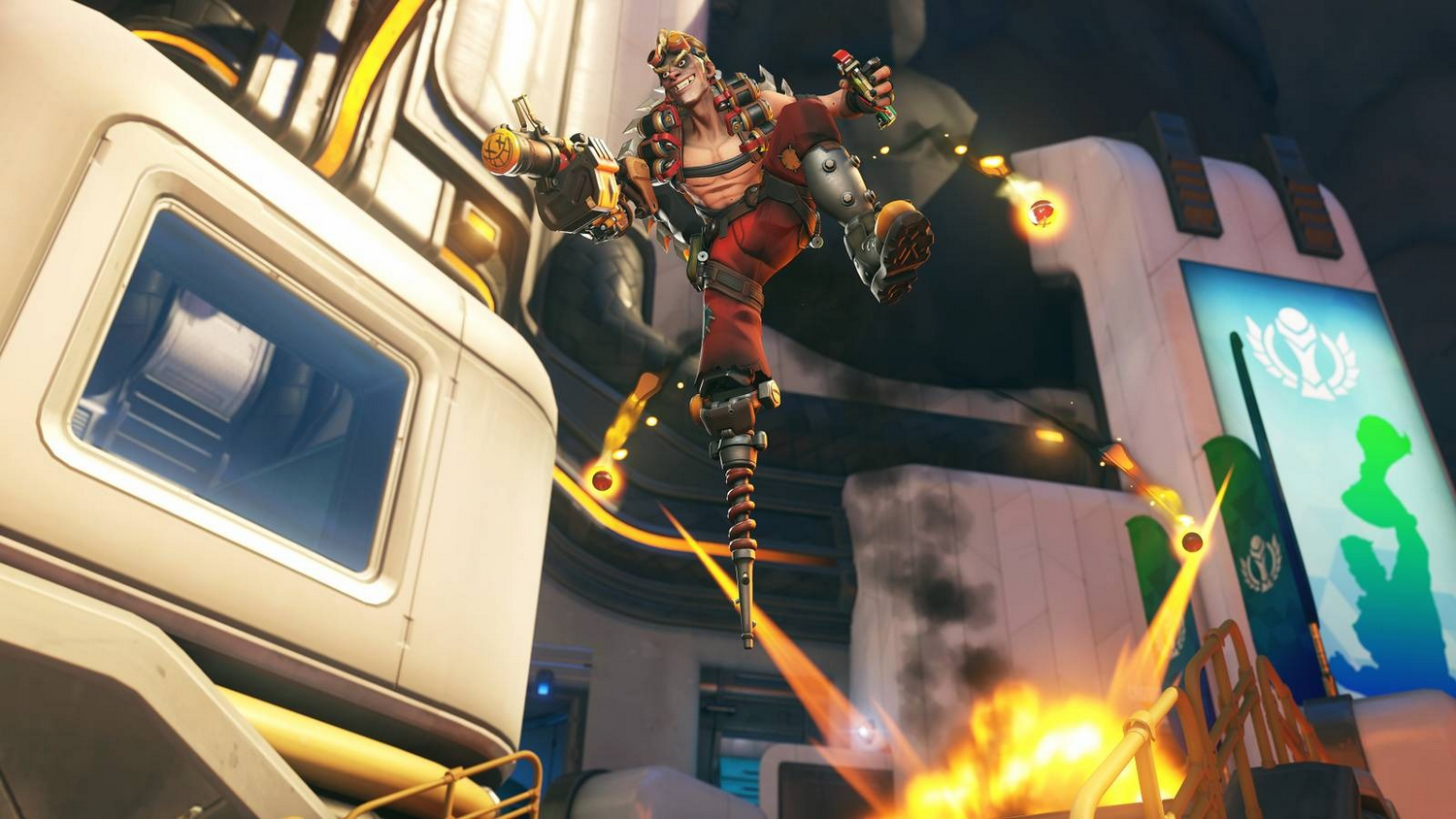
Blizzard Entertainment has quickly responded to significant community feedback by announcing a partial reversal of several controversial changes introduced to the Competitive Stadium game mode in Overwatch 2 Season 19. The rapid shift in strategy highlights the developer’s commitment to responding to the pulse of its dedicated player base, particularly concerning its experimental “Stadium” mode, which features hero-specific perks, items, and a unique draft system. This news has immediate implications for the esports meta and the overall enjoyment of the High CPC competitive experience.
Season 19, which launched with the “Haunted Masquerade” theme, brought with it a host of updates, but it was the dramatic alterations to the Stadium competitive format that drew the most heated criticism. Specifically, players were overwhelmingly negative about the move from a Best-of-Seven (Bo7) to a Best-of-Five (Bo5) round structure for competitive matches, arguing it compromised the strategic depth the mode was known for.
📉 The Controversy: Why Bo5 Failed the Competitive Test
The primary and most debated change in the Season 19 competitive format for Stadium was the reduction of the match length. Prior to the update, a full Stadium game could stretch up to seven rounds, allowing for intricate build strategies and mid-match adjustments of hero powers and epics items. This length was essential for the mode’s identity, providing enough time for teams to gather resources (“Cash”) and execute the complex, high-tier “builds” that defined their hero’s late-game strength. Gaming news outlets and forums were flooded with commentary on the perceived dilution of the experience.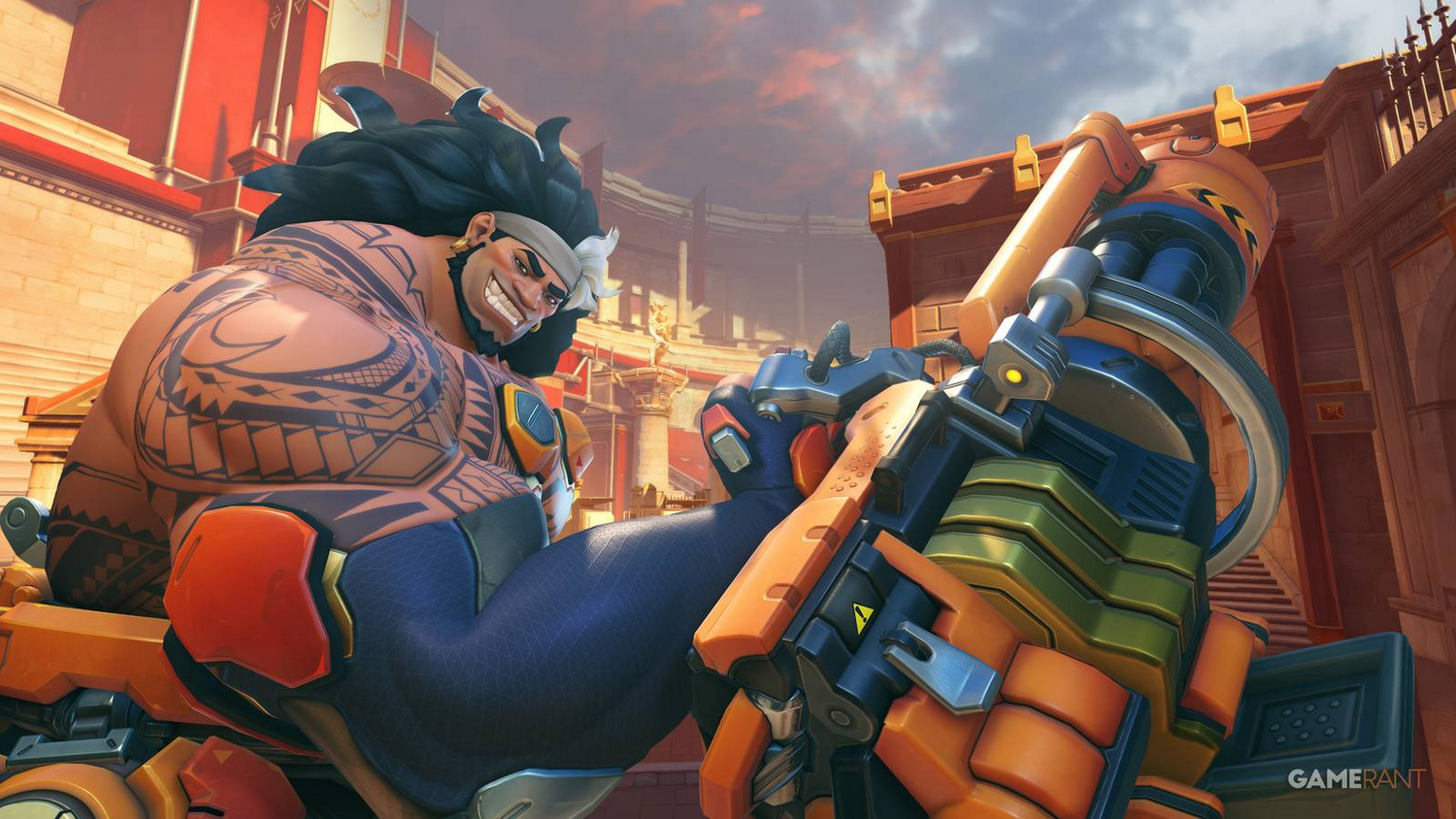
- The Loss of Strategic Depth: The longer Bo7 format allowed players to fully explore the potential of their chosen hero perks and gadgets. With the accelerated pace of a Bo5 format, many players felt the game became too rushed, forcing a focus on quick, early-game powers rather than a deliberate, resource-management strategy. High-cost, game-changing ultimate items often became irrelevant.
- The “Quick Play” Dilemma: Blizzard’s official justification for the change was to shorten match length, aligning the competitive experience with the already-established Quick Play Stadium format. However, high-ranking players lamented that this erased the distinction between the two modes, making the Ranked Ladder feel less rewarding and less “competitive.”
- Stomps and Comebacks: A core feature of the Bo7 format was the thrilling possibility of a “reverse sweep”—a comeback from a $0-3$ deficit. The removal of two critical late-game rounds significantly reduced the emotional payoff and the strategic window for a losing team to adapt and reverse momentum.
Blizzard Game Director Aaron Keller, who had initially championed the Bo5 change as a way to “shorten match length while preserving depth,” acknowledged the severity of the player response in an official statement released less than two weeks after the season launch.
🔄 The Reversion: A Return to High-Stakes Strategic Gameplay
In a rare and rapid response, the development team has confirmed that they will be moving the Competitive Stadium mode back to its original Best-of-Seven structure. This hotfix is scheduled to be implemented in an upcoming mid-season patch, demonstrating a commitment to prioritizing player experience over an initial design direction.
Key Details of the Reversal:Competitive Stadium will revert to a Bo7 format, requiring four round wins to secure a match victory.The Stadium Powers drop cadence will be re-adjusted to accommodate the two additional rounds, ensuring a more gradual and strategically meaningful build-up of hero strength.The developers are also rumored to be evaluating the recent additions of heroes like Hazard and Sojourn to the Stadium roster, which many players feel have contributed to a significant power creep and imbalance due to their unique Stadium-exclusive perks.The reversal is designed to re-inject the necessary time and resource management back into the game mode, catering to the segment of the player base that values deep competitive strategy and the ability to execute high-tier Stadium builds.
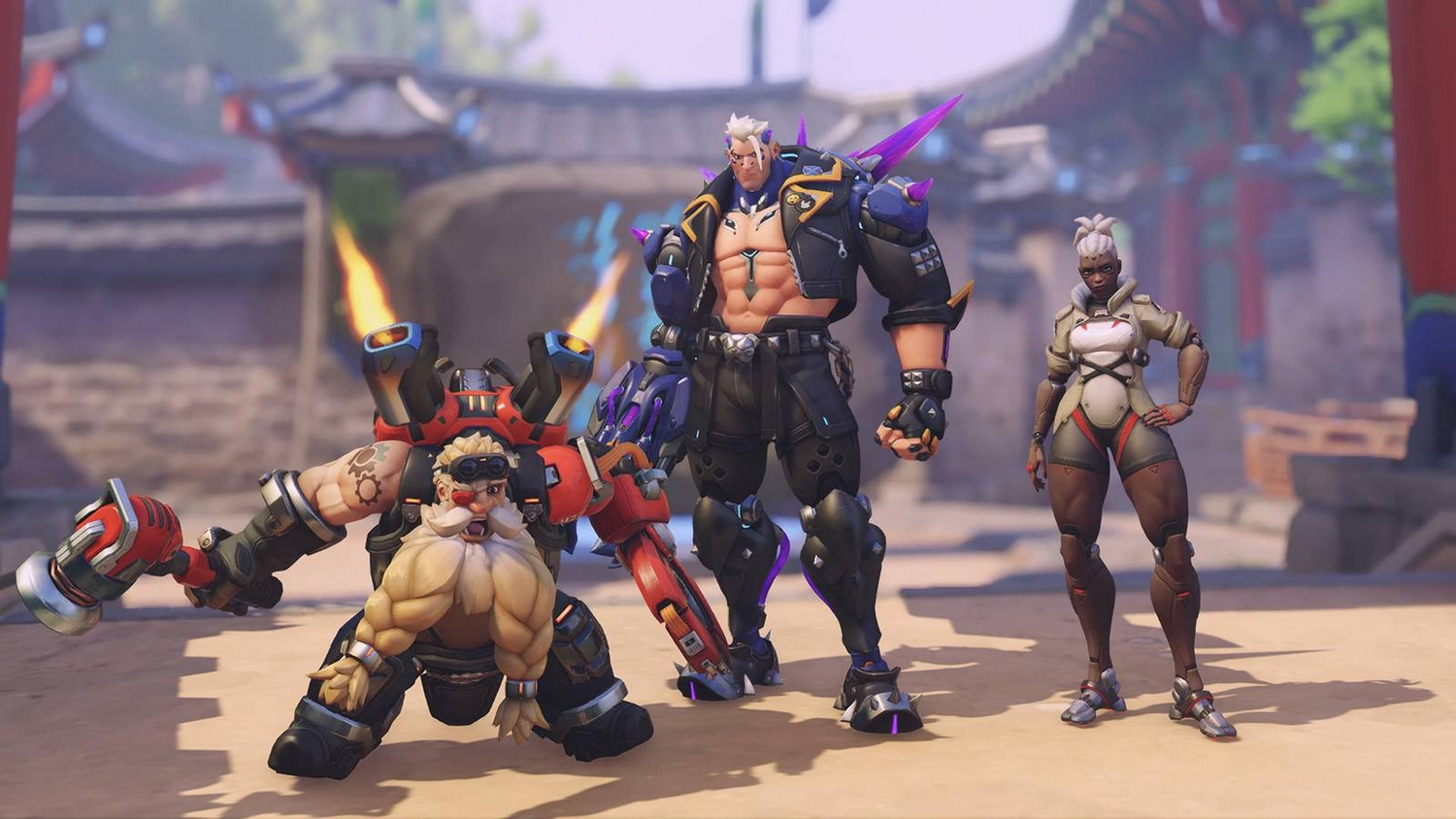 🚀 Looking Ahead: The Future of Overwatch 2 and Stadium Mode
🚀 Looking Ahead: The Future of Overwatch 2 and Stadium Mode
The swift action taken by Blizzard, while initially criticized for the poor rollout of Season 19’s changes, is ultimately a positive signal for the health of the game mode. E-Sports titles thrive on a close relationship between developers and their community, and this reversal provides strong validation for the dedicated Competitive Stadium player base. It underscores the financial and reputational value of listening to players who spend significant time—and often money—on in-game cosmetics and premium Battle Passes.
The lessons learned from this season are clear: in a mode defined by its strategic, MOBA-like depth, time and complexity are features, not bugs. The challenge for Blizzard now lies in maintaining a steady stream of new content—including the recently added Gadgets and the rotating hero roster—without destabilizing the core competitive environment that players have fought to preserve. The focus is shifting back to ensuring competitive integrity while simultaneously driving interest with new, marketable features.
Competitive Gaming fans can breathe a sigh of relief as the most controversial update of the season is set to be rolled back, ensuring that the Overwatch 2 Competitive Stadium mode remains a unique, high-stakes proving ground for strategic team play.



